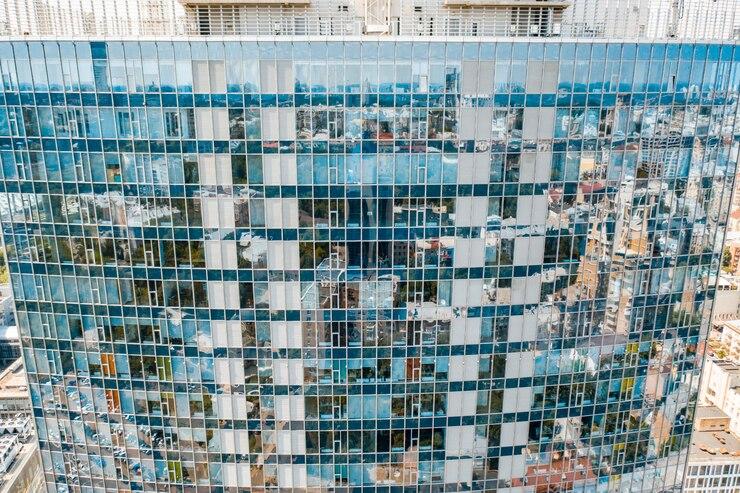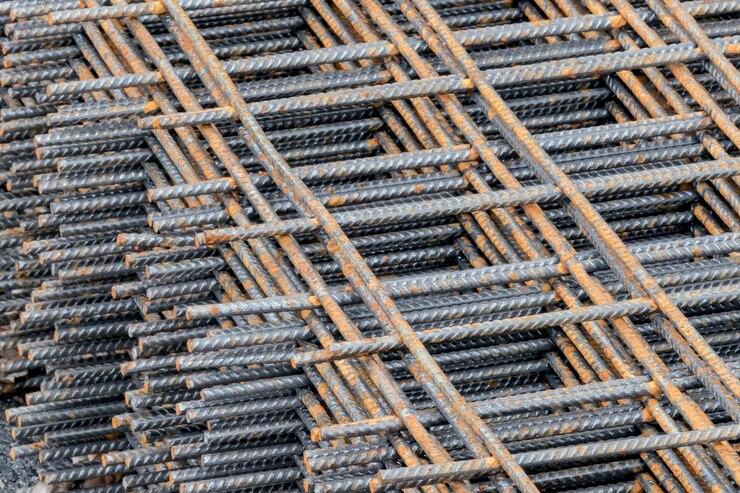




Table of Contents
- Introduction
- Glass Fiber Reinforced Concrete
- Steel Fiber Reinforced Concrete
- Coconut Fiber Reinforced Concrete
- Polypropylene Fiber Reinforced Concrete
- Fiber Glass for Concrete
- Basalt Fiber Reinforced Concrete
- Metal Fibers for Concrete
- Acrylic Fibers for Concrete
- Carbon Fiber Beam Reinforcement
- Conclusion
- Faq's
Introduction
Fiber reinforced concrete (FRC) is a composite material comprised of cement, aggregates, and discrete fibers. These fibers enhance the mechanical properties of concrete by increasing its tensile strength, toughness, and resistance to cracking. There are several types of fibers used in FRC, each offering unique characteristics and benefits. In this comprehensive guide, we will explore the different types of fibers commonly used in fiber reinforced concrete applications.
Glass Fiber Reinforced Concrete
Glass fibers are made from fine strands of glass, typically coated with a sizing agent to improve adhesion to the concrete matrix. GFRC offers excellent tensile strength, durability, and resistance to corrosion, making it suitable for a wide range of applications, including architectural facades, cladding panels, and decorative elements. glass fiber reinforced concrete
glass fiber reinforced concrete
Steel Fiber Reinforced Concrete
Steel fibers are manufactured from high-strength steel wires or filaments, providing superior mechanical properties to concrete. SFRC offers high tensile strength, ductility, and crack resistance, making it ideal for applications requiring enhanced structural performance, such as industrial floors, tunnel linings, and precast elements.
Coconut Fiber Reinforced Concrete
Coconut fibers, also known as coir fibers, are extracted from the husk of coconut fruits. CFRC is lightweight, biodegradable, and offers good thermal and acoustic insulation properties. It is commonly used in non-structural applications such as lightweight concrete blocks, insulation panels, and green building materials.
Polypropylene Fiber Reinforced Concrete
Polypropylene fibers are synthetic fibers derived from polymer resins, offering excellent resistance to alkalis and chemicals. PFRC enhances the toughness and impact resistance of concrete, reducing the risk of shrinkage cracking and plastic shrinkage. It is widely used in industrial floors, shotcrete applications, and precast elements.
Fiber Glass for Concrete
Fiber glass, also known as fiberglass, consists of fine glass fibers woven into a fabric or mat. Fiber glass reinforcement provides high tensile strength, dimensional stability, and resistance to chemical corrosion. It is commonly used in architectural elements, marine structures, and composite materials for its lightweight and durable properties.
Basalt Fiber Reinforced Concrete
Basalt fibers are derived from natural volcanic rock formations, offering high tensile strength, temperature resistance, and durability. BFRC exhibits excellent bonding with the concrete matrix and enhances its resistance to fire, abrasion, and environmental degradation. It is suitable for structural applications, bridge decks, and pavements.
Metal Fibers for Concrete
Metal fibers, such as steel, aluminum, or copper fibers, are used to improve the mechanical properties of concrete. These fibers provide high tensile strength, ductility, and fatigue resistance, making them ideal for applications requiring structural reinforcement, impact resistance, and dynamic loading conditions. metal fibers for concrete
metal fibers for concrete
Acrylic Fibers for Concrete
Acrylic fibers are synthetic fibers derived from acrylic polymers, offering good adhesion, flexibility, and weather resistance. Acrylic fiber reinforcement improves the crack resistance, durability, and surface finish of concrete. It is commonly used in overlays, patch repairs, and decorative concrete applications.
Carbon Fiber Beam Reinforcement
Carbon fibers are high-strength, lightweight fibers composed of carbon atoms bonded together in a crystalline structure. Carbon fiber reinforcement offers exceptional tensile strength, stiffness, and fatigue resistance, making it ideal for strengthening structural elements such as beams, columns, and bridges.
Conclusion
In conclusion, fiber reinforced concrete offers a versatile and sustainable solution for enhancing the performance and durability of concrete structures. By choosing the appropriate type of fiber based on the specific requirements of the project, engineers and designers can achieve superior results in terms of strength, durability, and longevity.
explore further
Latest from Contemporary ideas
More from Innovations
Resources
Dwello, for every home buyer, is a way to go from 'I feel' to 'I know', at no extra cost.




